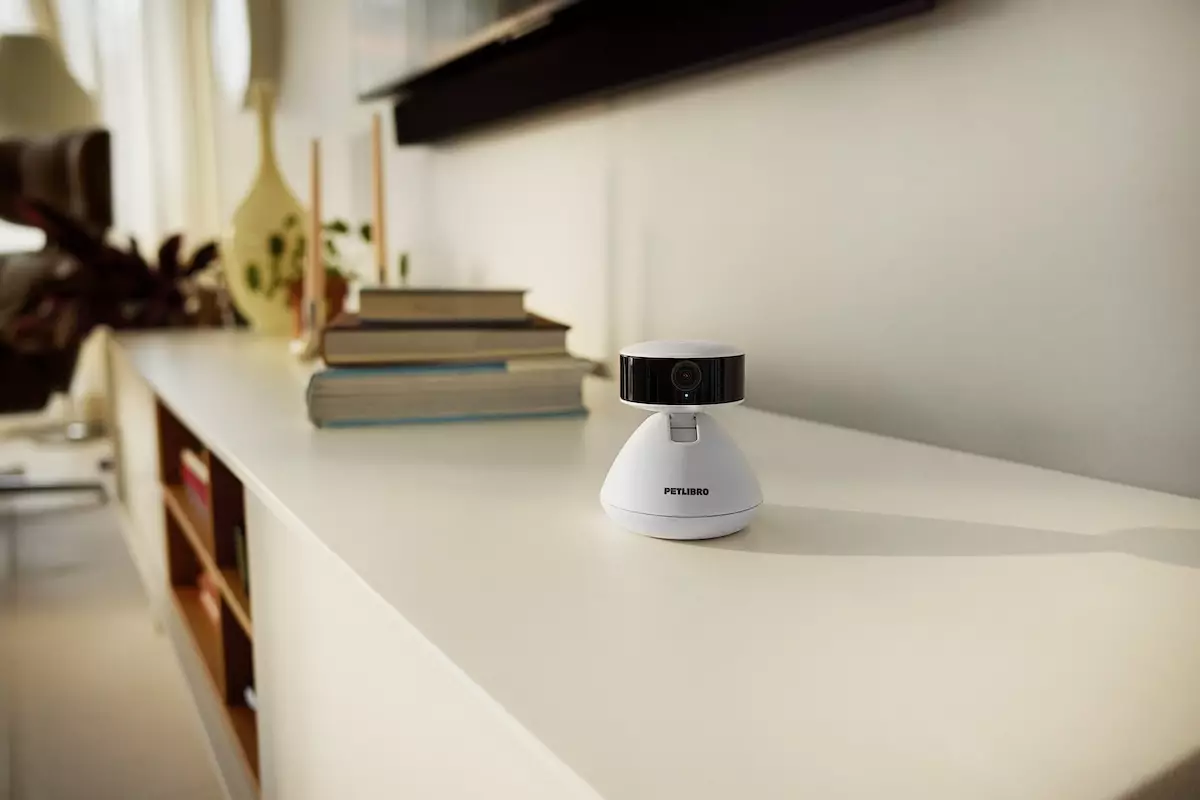In an era where technology increasingly intersects with everyday life, pet care gadgets have evolved from simple monitoring devices into intelligent, interactive systems. PetLibro’s latest offering, the Scout Smart Camera, exemplifies this shift by integrating advanced AI solutions tailored for pet owners who desire more than passive observation. This camera isn’t just about watching your furry friends—it’s about truly understanding their daily habits and behaviors, delivering insights that were previously difficult to obtain without being physically present.
What distinguishes Scout from the myriad of pet cameras saturating the market is its real-time pet recognition and behavior tracking capabilities. Unlike traditional cameras that merely stream or record footage, PetLibro’s device actively identifies individual pets, even in multi-animal households, and monitors specific activities such as eating, drinking, or using the litter box. This detailed tracking facilitates a deeper level of care: users can pinpoint when their pets engage in potentially problematic behaviors—like chewing on furniture—giving pet owners a chance to intervene proactively. Moreover, the camera’s ability to snap “surprise selfies” of pets adds a delightful touch to the monitoring experience, fostering an emotional connection rather than treating pets as mere data points.
Technical Innovation and AI Learning: Overcoming Key Challenges
Developing AI technology robust enough to differentiate between animals with similar appearances is no trivial feat. Many facial recognition systems struggle with rapid movement or subtle differences, which is a common problem in pet households where several animals may look alike. PetLibro’s CEO, York Wu, revealed that their team tackled these issues by creating a feedback-driven AI model that improves through actual user interaction. This dynamic system allows the Scout camera to become smarter over time, adjusting to real-world conditions rather than relying solely on pre-programmed data. Such adaptability is critical in AI applications where accuracy directly impacts the user experience and utility of the product.
The camera’s auto-tracking feature—that is, following the pet’s movements autonomously—is more than a gimmick; it ensures that pet owners don’t miss the small yet telling moments that reveal a pet’s mood or health. On the connectivity side, allowing multiple family members or friends to access the device enriches the social aspect of pet care, boosting collective responsibility and emotional sharing.
Pricing and Market Position: Practicality Meets Innovation
At $100 for the base device, PetLibro’s Scout camera positions itself as an affordable alternative compared to competitors like Furbo, whose camera starts at $210 with an additional monthly subscription fee for AI features. While Scout’s tiered pricing—$12/month for standard AI access or $17/month for a premium package—introduces recurring costs, it reflects a growing trend in smart pet tech where the service element is as vital as the hardware.
However, a critical limitation is the current absence of sound detection features like barking or meowing alerts, which Furbo offers in their AI “Nanny” assistant. PetLibro acknowledges this gap and is working on integrating these capabilities, signaling an intent to refine the product’s comprehensiveness. Additionally, Scout does not feature a food dispensing mechanism, though future plans to integrate AI with feeders and fountains hint at an ecosystem strategy designed to differentiate PetLibro from competitors by leveraging synergies within its product line.
Privacy Considerations and Ethical Implications
One aspect that often goes unnoticed in the excitement about smart devices is data privacy. PetLibro’s collection of image and video data for AI improvement purposes aligns with standard practices among tech giants such as Google Nest and Amazon Ring. While they claim compliance with cybersecurity standards, the ethical considerations of monitoring pets—and by extension, their owners—should provoke thoughtful examination. Users relying on such cameras must weigh the benefit of AI-powered insights against potential vulnerabilities related to personal privacy and data security.
PetLibro’s transparency regarding data usage is commendable, yet their position underscores an inevitable balance in the pet tech industry: advanced AI requires extensive data, but this comes with responsibilities to safeguard that information rigorously.
Personal Perspective: A Promising Leap Despite Imperfections
As a pet owner who has tested various monitoring devices, I find PetLibro’s Scout camera a refreshing advancement. The personalized activity descriptions not only inform but also entertain—turning pet surveillance into an affectionate dialogue. That said, the absence of sound alerts and the inherent limitations of AI models in their current form make Scout less of an all-in-one solution and more of a promising foundational platform. Its success will depend on how swiftly and effectively PetLibro can address these shortcomings while maintaining affordability and user trust.
In sum, the Scout Smart Camera represents a meaningful step in pet technology, merging innovation with emotional engagement. It is not flawless, but its thoughtful AI integration and user-centric features make it an exciting contender in the smart pet care landscape.

